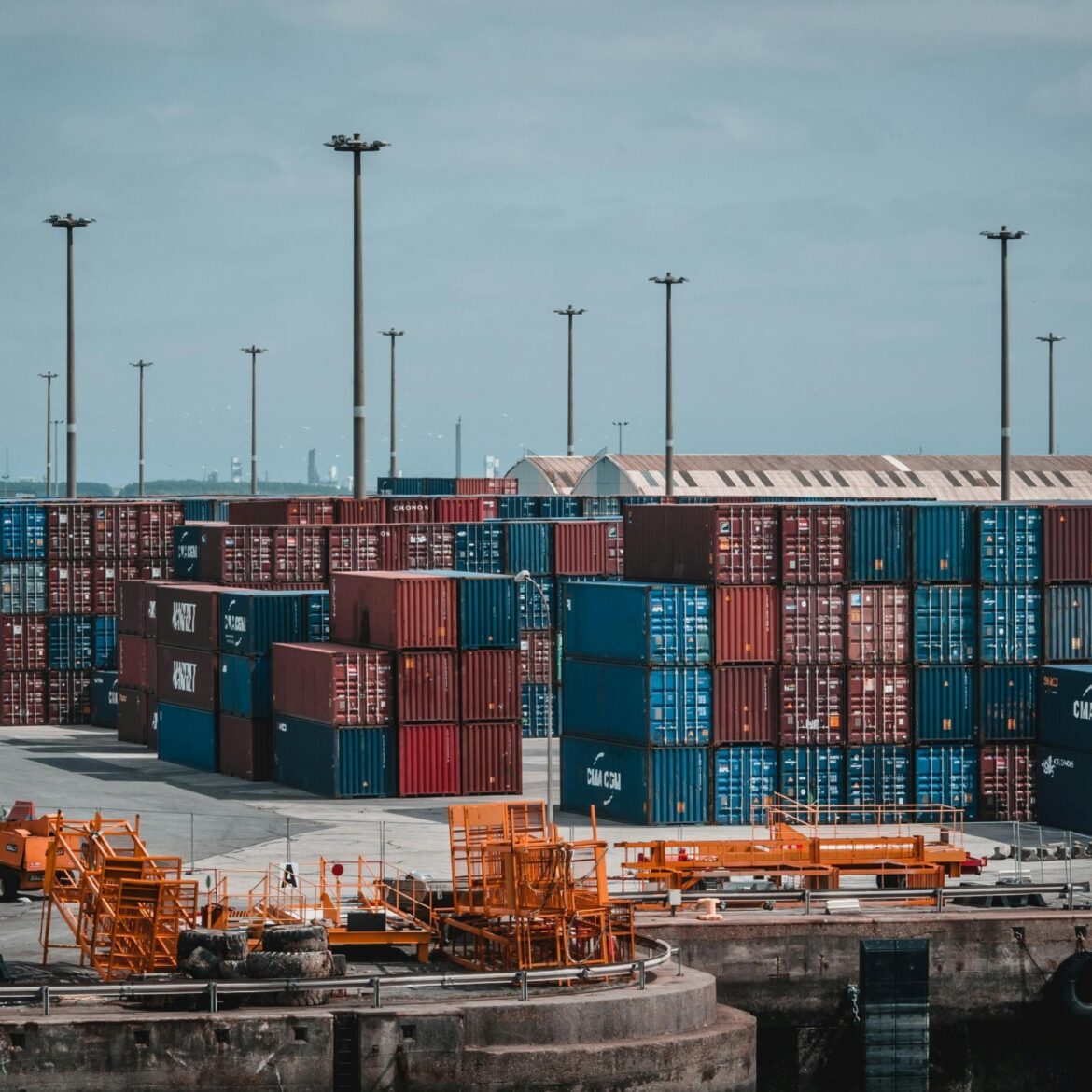An expert warning that Bangladesh can’t afford to depend on a single industry has focused attention on the country’s export mix and urged fast, practical steps to build a broader economy. The garment sector has been a huge success, bringing about $30–40 billion in exports each year and lifting millions into work, but today more than 80 percent of all export earnings still come from ready-made garments, which leaves the nation exposed if demand, rules, or buyer preferences change. The warning notes that graduation from least developed country status will mean tariff shields and other protections fall away, and that competing countries are ready with broader export bases. Past efforts to diversify, like a World Bank–backed project meant to grow leather, footwear, plastics and light engineering, have faced big delays, higher costs, and slow land and procurement work. Instead of turning that failure into defeat, leaders in business and government can use the lessons to move faster and smarter. The article calls for a two-track approach: protect and move up in the garment business while building new industries that can sell different goods and services abroad. This means backing higher-value apparel and technical textiles, and also helping faster-growing fields such as IT services, pharmaceuticals, agro-processing, light engineering and renewable energy equipment. Each of these areas can bring fresh jobs, more local supply chains, and stronger bargaining power when Bangladesh talks with large buyers. Part of the plan is to help small and medium firms get loans, land and clear permits so they can scale and export. Training and quality checks will help factories meet tougher labour and environmental rules. Market diversification is also key: the West will remain important, but Asia, Africa and the Middle East should be turned into real markets with export promotion and trade missions to build trust and orders. Smart public spending matters too: steps like faster project delivery, clearer targets, and better tracking of budgets can make diversification projects run on time and on budget. Private investors must be encouraged to try new sectors with tax rules, co-investment plans and incentives that reward longer growth rather than quick gains. The tone of the warning is clear but hopeful: Bangladesh does not need to abandon its garment strength but should treat it as a base to stand on while building two, three or four more legs that share the load. With targeted investments, better project management, sensible rules and wide market outreach, the country can grow safer and fairer jobs, protect its gains, and make the economy more resilient to shocks. This change will help turn success into lasting prosperity for workers, families and small businesses. Time is short, but steady action can make this possible.
From One Leg to Many: How Bangladesh Can Build a Stronger, Diversified Economy
3


